#pokemon ruby sapphire and emerald
Explore tagged Tumblr posts
Text
Sableye
Sableye (#302)
Crystalliscomendis petrophthalmus
General Information: Sableye the Darkness Pokémon, and the biggest pest to gem miners to ever exist. They like digging for gemstones to eat and are more than willing to use their claws for digging and fighting. They experience a one-sided rivalry with Gabites—another predator that eats their favorite prey, Carbinks, but the Gabites barely notice them.
The average Sableye gets to be about 1’8 feet tall (0.5 M) and weigh about 24.3 pounds (11 kg).
Sableyes are capable of mega-evolving! And the world has never known peace since! These Mega Sableye do not themselves get any bigger, but one of their gems bursts out of them and enlarges. This gem is factored into the Mega Sableye’s overall weight, making it an astounding 354.9 pounds (161 kg).
Habitat: Sableyes live in mountains and dark caves, particularly caves with many crystals or Carbinks. The presence of Sableye is a sign to prospective miners that they’re on the right track.
Life Cycles: Sableyes are born year-round, usually 1-2 at a time, to co-parents that care for their young with attention for the first five months of its life. They are raised in packs of 10-30 individuals. Individuals are free to leave or stay with their birth pack as seen fit.
At all stages of life, Sableyes are predated upon by Dusclops, Greavards, and other ghost-eating Pokémon. In fact, Sableyes are one of the few energy-transfer points between major ecosystems, for they consume rocks and rock-types (Carbinks) but are themselves ghosts who are predated upon by other ghost-types. This makes them essential to the overall flow of energy in an environment and to the biosphere collectively. When a Sableye dies, its gems return to the earth and are consumed by rock-eating creatures.
Behavior: Sableyes are pack animals that often fair poorly as loners. They hunt together, eat together, sleep together, play together, etc. They strongly prefer the company of other Pokémon and will tag along with their trainer everywhere they go out of a desire for companionship.
Sableyes are reasonably good parents.
Diet: Crystals and Carbinks.
Conservation: Least Concern
Relationship with Humans: Sableye are a right proper nuisance to miners and gem collectors everywhere! They’re vermins that miners try to get rid of and many battles have been fought trying to remove a pack of Sableye from a cave, but they’re resilient little bastards who fight back. Despite humanity’s better efforts, Sableyes have not been driven to extinction, and honestly are doing pretty okay as a species all things considering. There’s no shortage of crystals and Carbinks to eat (sort of), and certainly no shortage of dark creepy caves or abandoned mines.
Classification: The species name for Sableye is Crystalliscomendis petrophthalmus. The genus name means “crystal-eater” and the species epithet means “rock-eye,” and in total it means “rock-eyed crystal eater.”

~~~~~~~~
Hey guess what, if you like my stuff, this is my website where you can find other Pokémon I've written on and more information about the game that I’m slowly making! Check it out! I write books sometimes too.
#sableye#mega sableye#pokemon#homebrew#pokemon biology#ttrpg#pokemon tabletop#pokemon biology irl#tabletop#tabletop homebrew#pokemon irl#pokemon biology irl tabletop#hoenn#hoenn pokemon#pokemon ruby sapphire and emerald#ruby and sapphire#pokemon ruby and sapphire#pokemon emerald#pokemon ruby#pokemon sapphire#pokemon omega ruby and alpha sapphire#oras#pokemon oras#pokemon rse#pokemon gen 3#gen 3 pokemon
9 notes
·
View notes
Text
THE HARDEST POKEMON YET [GEN 3] - Pokemon Catch & Stitch
youtube
#pokemon#pokemon emerald#pokemon ruby sapphire and emerald#complicatedknots#crochet#amigurumi#crafting#Youtube
0 notes
Text

Today's Pokémon Mystery Dungeon Day!! I still remember my first run in Blue Rescue Team! The battle against Rayquaza was EPIC! Have this drawing to celebrate!
Ps. This print is available on my shop! (Link in bio!)
#pokémon#digital art#fanart#pokemon mystery dungeon#pmd#rayquaza#dragon#hoenn#pokemon ruby and sapphire#pokemon emerald#illustration
7K notes
·
View notes
Text
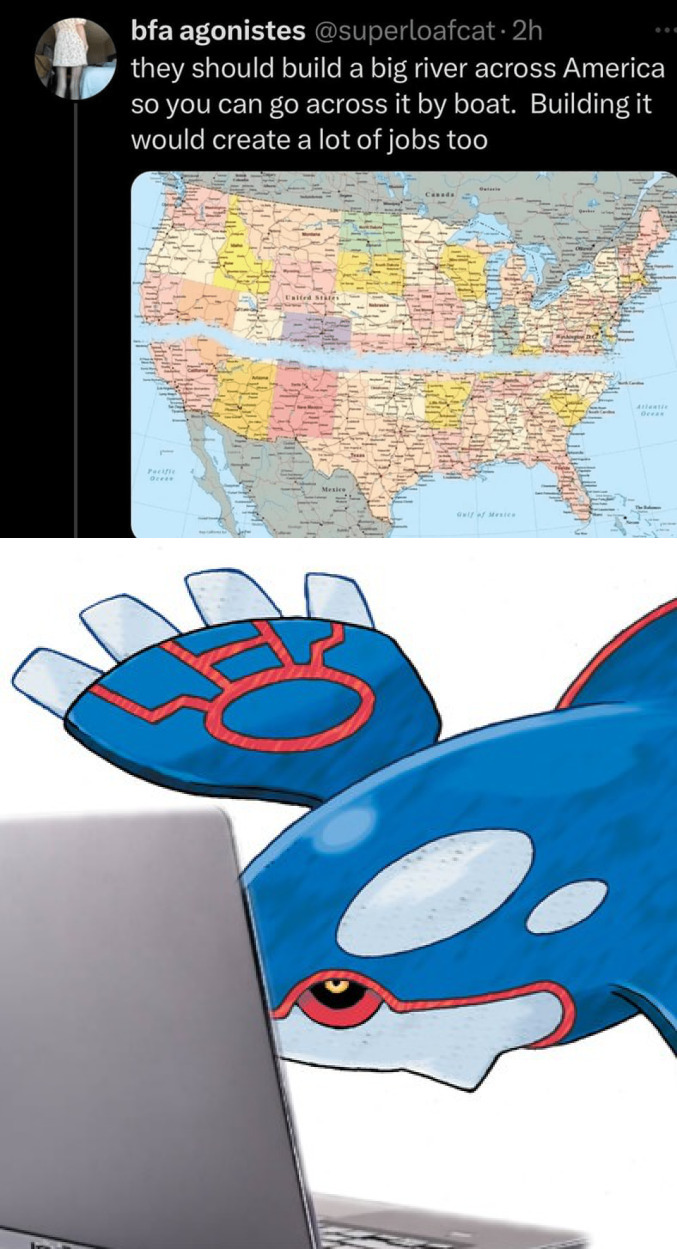
#pokemon#hoenn#nintendo#gba#funny#humor#meme#gaming#video games#twitter#x#kyogre#pokemon ruby and sapphire#pokemon emerald#oras#3ds#2000s#00s#s#retro#nostalgia#nostalgic#anime#retrogaming#memes#pokemon memes
8K notes
·
View notes
Text
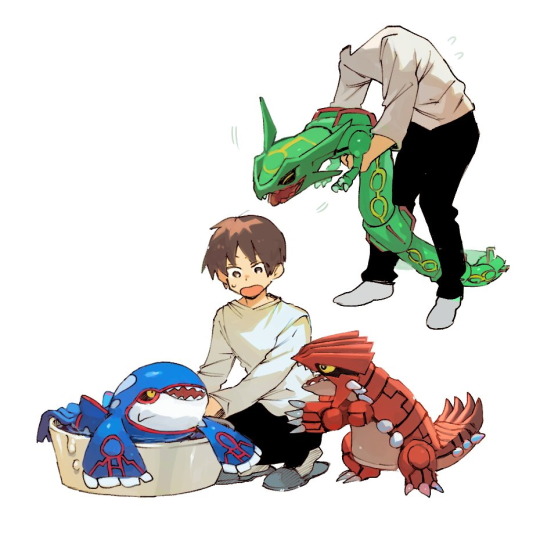

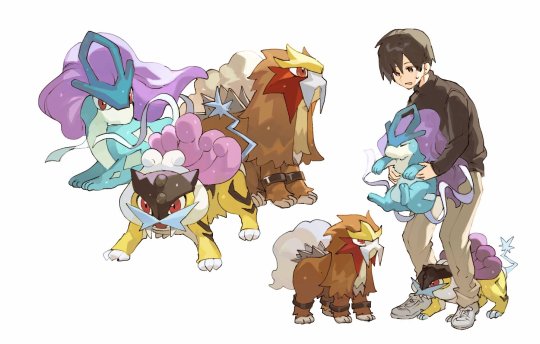
Baby trios by esasi8794 on X
#pokemon#groudon#kyogre#rayquaza#articuno#zapdos#moltres#entei#raikou#suicune#nintendo#switch#3ds#anime#gaming#video games#retrogaming#kanto#hoenn#johto#pokemon emerald#pokemon ruby#pokemon sapphire#cute#kawaii#funny#lol#meme
2K notes
·
View notes
Text
Route 120 is still one of the most beautiful routes in pokemon btw
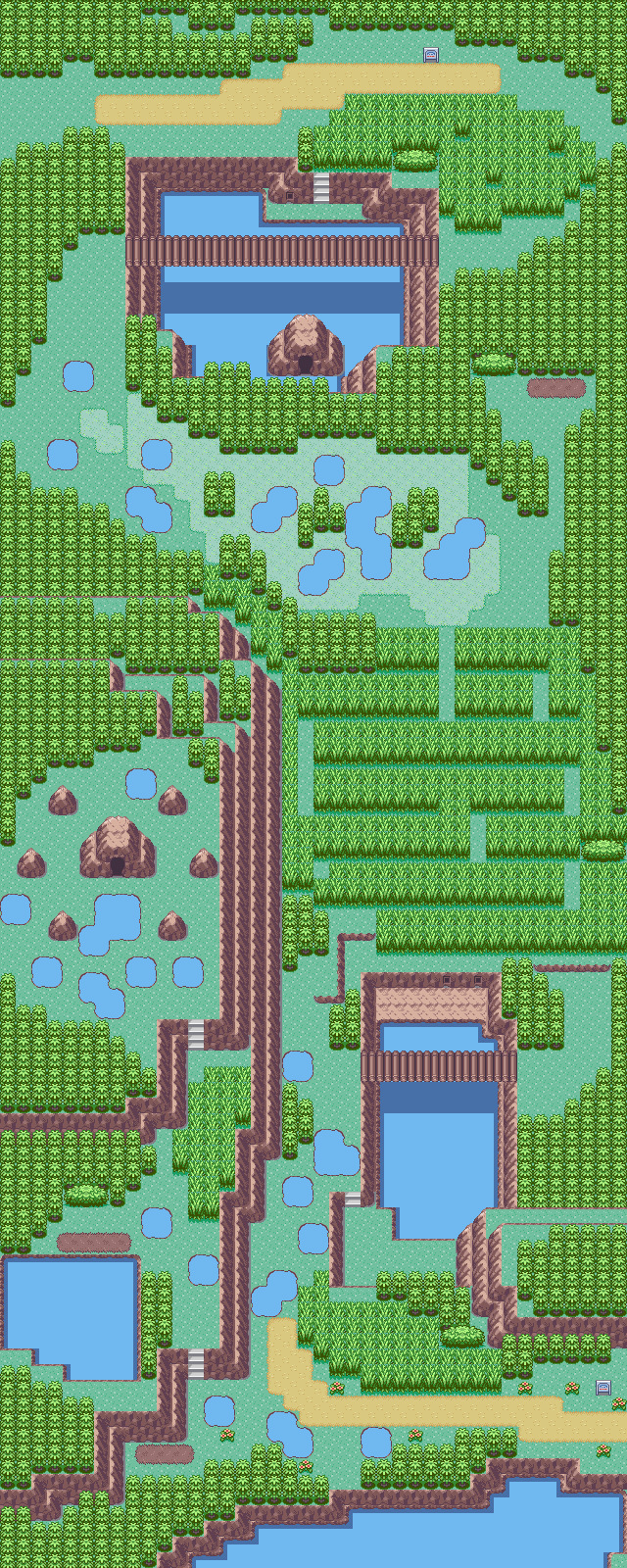
2K notes
·
View notes
Text

where is she
#leaving this 90 percent unfinished to add “deeper meaning”#my og theory abt this character was that she couldve been a similar character to zinnia that they revisited for oras#but now idfk#art#fanart#lineless art#pokemon#pkmn#pkmn fanart#teraleak#game freak#gen 3#pokemon rse#pokemon ruby and sapphire#pokemon emerald#latiken#pokemon leaks#idk what this thing should be tagged as now
585 notes
·
View notes
Text
when you add up all the digits in my boyfriends and my birthdays they both equal the same number idk about astrology but thats soulmates to me
417 notes
·
View notes
Text
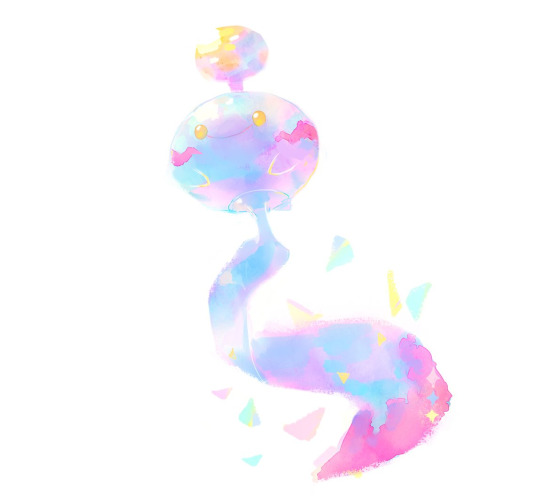
chimecho doodle ✧
#my art#chimecho#pokemon#artists on tumblr#pokemon fanart#pokemon oras#pokemon rse#pokemon ruby and sapphire#oras#hoenn#pokemon emerald#digital art#doodle#fanart#pokemon art#pokeart#art
3K notes
·
View notes
Text
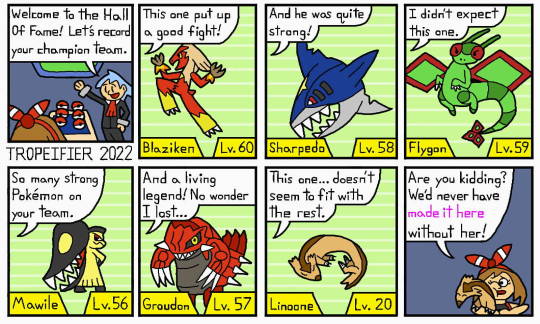
Originally posted online on December 31, 2022.
It was a strange time, before the EXP Share affected the whole team.
#digital art#comic#webcomic#nintendo#nintendo fanart#pokemon#pkmn#pokemon fanart#pokemon fancomic#pokemon comic#pokemon hoenn#hoenn#hoenn region#pokemon steven#steve stone#may pokemon#trainer may#pokemon oras#pokemon rse#pokemon ruby and sapphire#pokemon emerald#pokemon omega ruby#pokemon alpha sapphire#blaziken#sharpedo#flygon#mawile#groudon#linoone#artists on tumblr
526 notes
·
View notes
Text
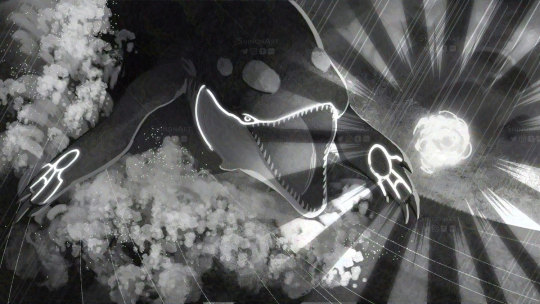
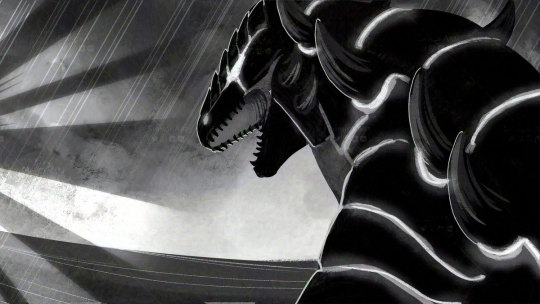
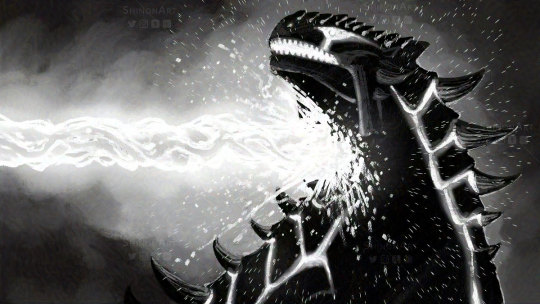
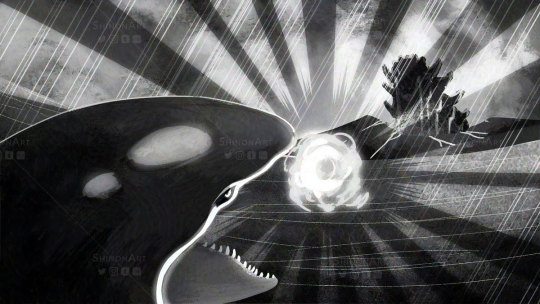
Yeah not looking great for the lava guy here.
Find me and my art elsewhere!
#groudon#kyogre#pokemon ruby#pokemon sapphire#pokemon emerald#pokemon rse#pokemon fanart#pokemon art#digital art#legendary pokemon
664 notes
·
View notes
Text
Mawile
Mawile (#303)
Muscipulaferrus muscipulaferrus
General Information: Mawile the Deceiver Pokémon, this Pokémon looks benign and pleasing at first, but don’t let this fool you—it’ll use its massive jaws on the back of its head to eat unsuspecting prey! This second set of jaws are actually highly-derived horns that bio-evolved over time to become a second mouth. Only an evolutionary biologist could explain to you how this happened, and that’s not me. These horn-jaws will mercilessly tear apart its prey, and once it does that they’ll secrete powerful digestive juices (like a Venus flytrap) and slowly absorb its food until it is completely digested.
Mawile is capable of mega evolution!
Regular Mawiles average at about 2’00 feet (0.6 M) tall and weigh about 25.4 pounds (11.5 kg). Mega Mawiles are 3’3 feet (1 M) tall and weigh 51.8 pounds (23.5 kg).
Habitat: Mawile prefer to live in caves and mountainous regions, but can sometimes be found living near factories, powerplants, and metal recycling plants.
Life Cycles: Mawile live relatively long lives, with the oldest known ones in captivity being around 50 years old. They are born as singlets or twins to a pair of parents that rear them for the next 2-3 years of their lives. At this point, they move away from their parents to find their own territory. Around 5 years old, the Mawile becomes reproductively mature, and they may incline themselves to seek out a mate. A Mawile may be inclined to have a child every 3 or 4 years. Not much eats Mawiles, and most of their predators (Dusknoirs, Aggrons, Tyranitars, etc.) tend to only hunt them when they’re little or elderly. A fully grown, healthy, young, Mawile is a force to be reckoned with in this part of the food chain.
Behavior: They are not particularly social creatures, but can reasonably tolerate being in small colonies when food is plentiful. Otherwise, individuals are capable of being pleasant enough around those they don’t perceive as either food or threats, but beware: Mega Mawiles are aggressive and vicious and hungry.
Diet: Mawiles are apex predators in the rock/steel/ground-type food web. They successfully capture and eat Arons, Larvitars, Magnemites, Beldums, Klinks, Meltans, juvenile Orthworms, Bronzors, Klefkis, Varooms, Drilburs, Ferroseeds, Togedemarus, Tinkatinks, Bonslys, Roggenrolas, Rockruffs, Rolycolys, Naclis, Geodudes, Glimmets, and Carbinks, amongst others. An acute reader will notice that these are small Pokémon, and that is because Mawiles can only eat what they can fit in their mouths, and Mawiles are relatively small compared to many rock/steel/ground-types that are available. Because of this, they rarely compete with other apex predators of the rock/steel/ground-type food web, like Tinkatons or Onixes and Steelixes, who overwhelmingly prefer to eat larger prey, or rockier ones in the case of Onix. Mawile prefer to eat steel-types, but will eat rock and ground-types if hungry enough. They cannot digest Pokémon who are not rock/steel/ground or at least made of these materials.
Trainers, if you want to feed your Mawile, there is perfectly acceptable store-bought food for them available from PokeBright Foods.
Conservation: Least Concern
Relationship with Humans: Mawiles are strange Pokémon, but are no real threat to humans nor most of their partner Pokémon. Civilizations have long recognized their vital ecological function of eating the babies of dangerous Aggrons and Tyranitars, who are infamous city destroyers when their ire is met.
In the modern age, Mawiles are brought in to recycling yards to feed on the wild Arons that make their home in them. These Arons cause quite the nuisance because that metal was meant to be repurposed, reused, recycled, etc., and harvesting raw metal after it’s been eaten is quite the chore. Mawiles are happy to clean up these nuisances, and as such are somewhat uncommon sights in urban environments.
Classification: Muscipulaferrus muscipulaferrus is the species name for Mawile, which means “metal mousetrap” or “metal flytrap.” The name refers to its trap-jaws and its propensity for eating steel-types.
~~~~~~~~
Hey guess what, if you like my stuff, this is my website where you can find other Pokémon I've written on and more information about the game that I’m slowly making! Check it out! I write books sometimes too.

#mawile#mega mawile#pokemon#pokemon biology#pokemon biology irl#pokemon tabletop#homebrew#ttrpg#tabletop#tabletop homebrew#pokemon biology irl tabletop#pokemon irl#pokemon gen 3#pokemon ruby and sapphire#pokemon ruby sapphire and emerald#ruby and sapphire#pokemon omega ruby and alpha sapphire#hoenn#mega evolution#gen 3 pokemon#gen 3#hoenn pokemon
8 notes
·
View notes
Text
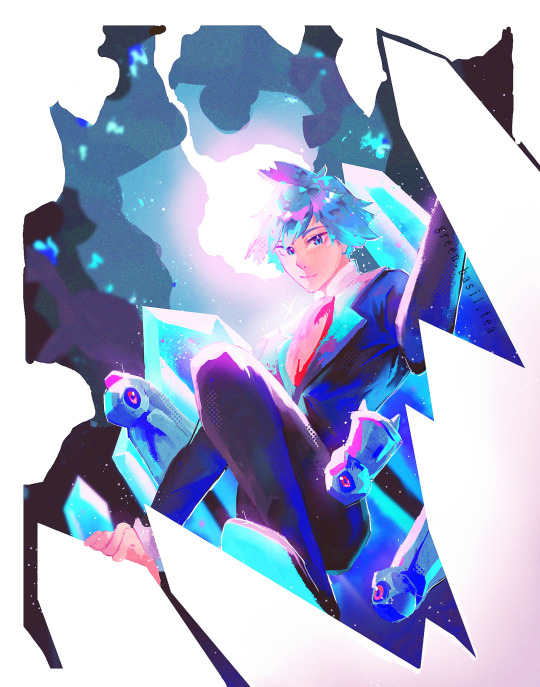
Steven Stone
Also thanks to @cynderrfall for giving me advice on choosing colors it really helped with this piece
#my art#pokemon#pokémon fanart#pokémon#pokemon fanart#pokemon steven stone#steven stone#pokemon hoenn#pokemon ruby#pokemon sapphire#pokemon emerald#pokemon alpha sapphire#pokemon omega ruby#metagross#metang#beldum#hoenn#champion steven stone
737 notes
·
View notes
Text
Archie: there should be more ocean so people and pokémon can have ocean fun times :D
Maxie:
Original clip from this video by GregBroDudeMan :)
#pokémon#pokemon#pokemon rse#pokemon ruby and sapphire#pokemon ruby#pokemon sapphire#pokemon emerald#pokemon oras#pokemon omega ruby and alpha sapphire#pokemon omega ruby#pokemon alpha sapphire#team magma#team magma pokemon#team aqua#team aqua pokemon#maxie pokemon#magma leader maxie#team magma maxie#archie pokemon#aqua leader archie#team aqua archie#pokemon villains
315 notes
·
View notes
Text
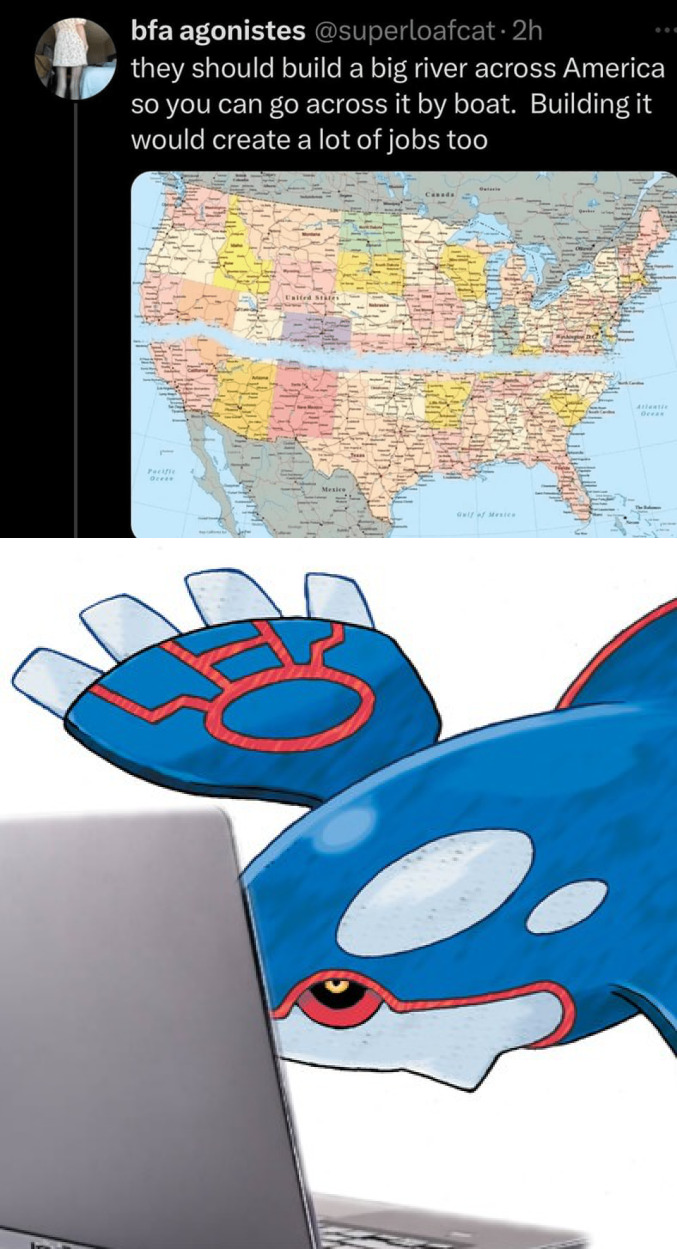
#nintendo#pokemon#funny#gaming#video games#lol#humor#meme#kyogre#hoenn#gba#gameboy advance#2000s#maps#geography#pokemon ruby#pokemon sapphire#pokemon emerald#pokemon oras#3ds#retro#2000ish#retrogaming#dank memes#gen iii#gen 3#legendary pokemon#team aqua#memes#pokemon omega ruby
17K notes
·
View notes
